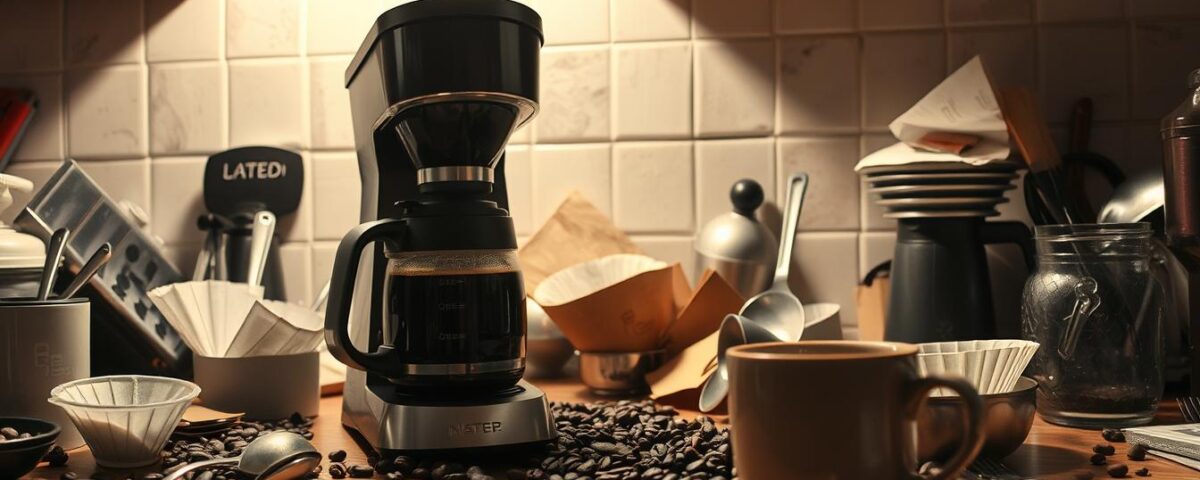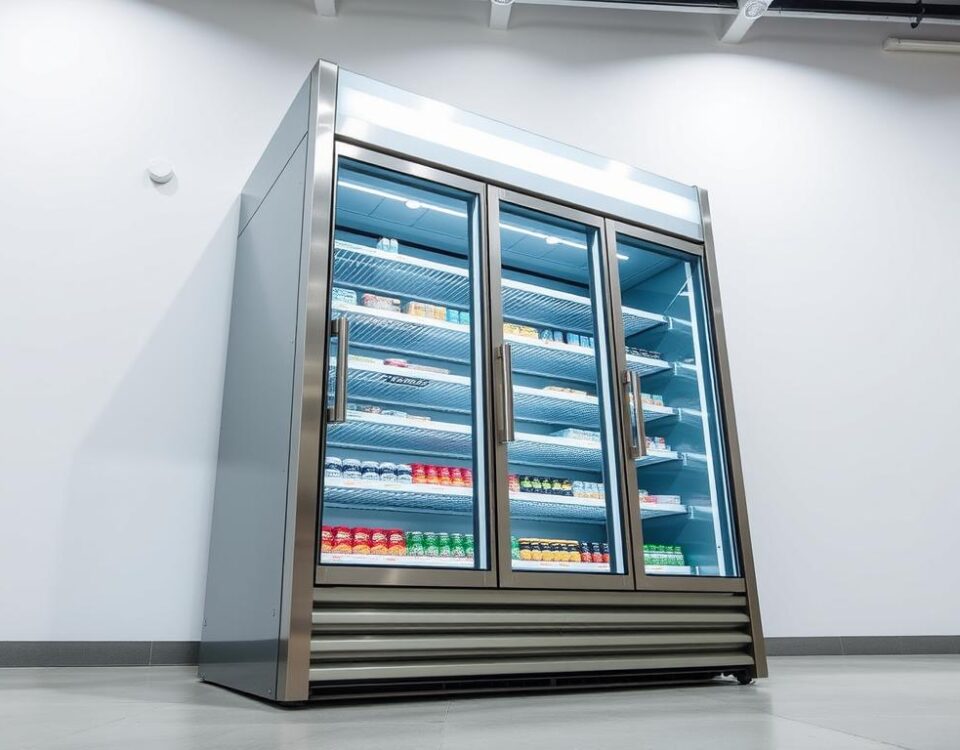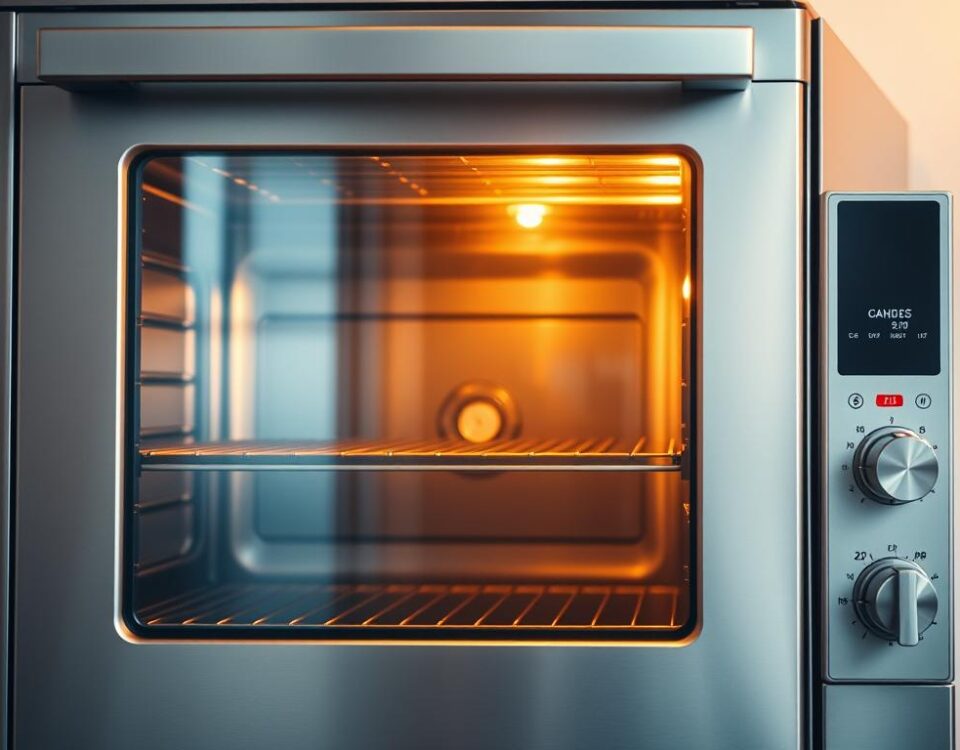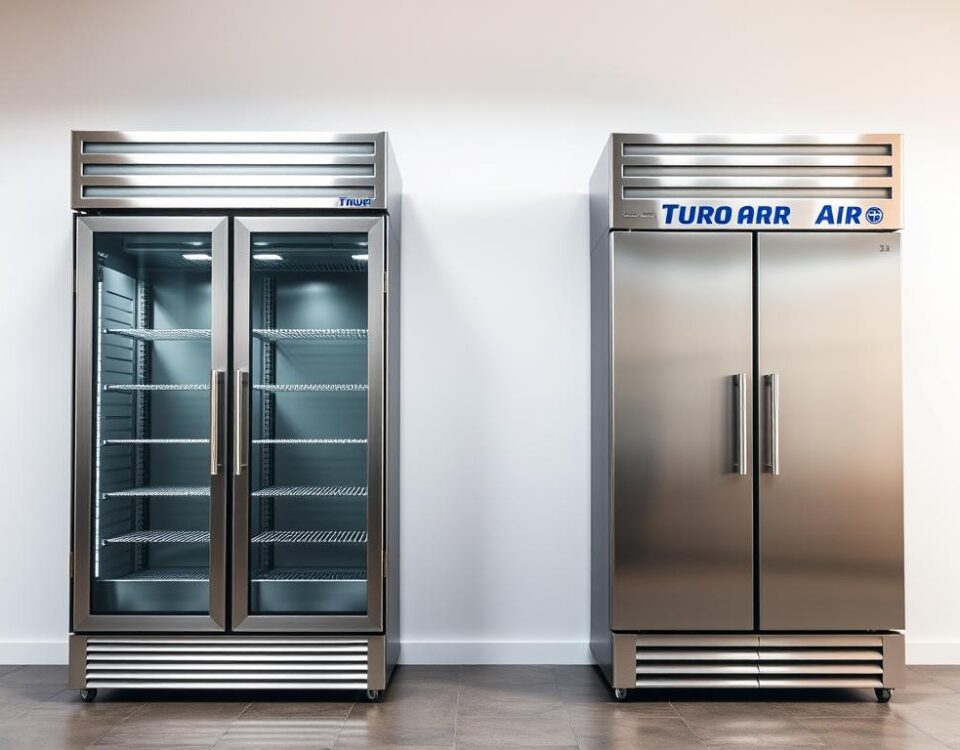
How to Froth Milk Like a Pro Without a Machine
April 17, 2025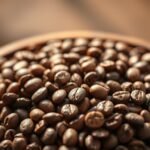
From Beans to Brew: How to Choose the Best Coffee for Home Brewing
April 18, 2025There’s nothing quite like the first sip of a perfectly crafted cup in the morning. But for years, my ritual felt more like a guessing game than a routine. I’d stare at my machine, wondering why some days tasted like magic and others… well, let’s just say ‘burnt disappointment’ became a familiar flavor.
One rainy Tuesday, I finally snapped. My brew was bitter again, and I couldn’t ignore the truth: I was making avoidable errors. A friend pointed out my lukewarm water—apparently, 160°F doesn’t cut it. Turns out, even a 10-degree difference can mute flavors or unleash harshness. Who knew?
That moment sparked my obsession with details. I learned stale beans sabotage freshness, while neglecting to clean my French press left ghostly oils lingering. Even my favorite mug played a role—pre-warming it stopped my drink from cooling too fast. Suddenly, every choice mattered.
Key Takeaways
- Water between 195-205°F unlocks richer flavors
- Clean equipment prevents stale or bitter aftertastes
- Freshly ground beans make a noticeable difference
- Consistent measurements ensure balanced results
- Pre-warm your cup to maintain ideal temperature
Understanding the Roots of Common coffee brewing mistakes
I used to think my inconsistent results were just bad luck. Then I discovered three silent saboteurs lurking in every kitchen. Let’s expose them.
Your Water’s Secret Life
My “close enough” approach to heating water cost me years of mediocre drinks. Water between 195-205°F acts like a master key—it unlocks flavors without scorching delicate oils. Too cold? You’ll get sour, underdeveloped notes. Too hot? Hello, bitter overtones.
| Water Type | Taste Impact | Fix |
|---|---|---|
| Tap | Chlorine aftertaste | Filtered or spring |
| Reheated | Flat, muted flavors | Freshly boiled each time |
“Think of water as liquid gold—its quality determines your treasure.”
Beans Tell Time
Stale beans made my morning ritual taste like yesterday’s news. Oxidation begins the moment you open the bag. Pre-ground varieties lose 40% of their aroma within 15 minutes. Here’s what changed my game:
- Buy whole beans weekly
- Grind right before brewing
- Store in airtight containers
Grind size matters more than I realized. Too fine? Over-extracted bitterness. Too coarse? Weak, watery disappointment. My French press now gets a coarse grind, while pour-over demands medium-fine particles.
Practical Brewing Tips and Techniques
Mastering the art of a great cup starts with small adjustments most people overlook. I discovered three game-changing habits that transformed my morning ritual from average to exceptional.

Pre-Warming Your Cup for Optimal Flavor
I used to pour my morning brew straight into a cold mug. Now, I swirl hot water in my cup for 30 seconds first. This simple step keeps my drink warmer 15% longer and stops flavor compounds from breaking down too quickly.
Measuring Coffee and Water for Your Perfect Cup
My kitchen scale became my secret weapon. For my French press, I use a 1:15 ratio—30 grams of coarse grounds to 450ml water. Here’s what works across methods:
| Method | Coffee (grams) | Water (ml) |
|---|---|---|
| Pour-over | 22 | 360 |
| Drip Machine | 60 | 1000 |
Cleaning Your Equipment for Better Taste
Old oils turned my favorite press into a bitter time capsule. Now I disassemble and scrub every part after use. A monthly vinegar soak removes mineral buildup my sponge misses. Clean tools mean no “ghost flavors” from yesterday’s grounds.
These tweaks helped me avoid the pitfalls I didn’t even know existed. Whether using a basic drip machine or artisanal French press, consistency in these details makes all the difference.
Upgrading Your Coffee Routine at Home
Discovering the power of small tweaks at home turned my ordinary cup into a barista-level experience. Beyond avoiding errors, intentional upgrades create richer flavors and smoother textures. Here’s how I transformed my daily ritual.
Choosing Quality Enhancements and Additives
Switching from skim to whole milk was a revelation—its creaminess amplifies caramel notes in medium-roast beans. Turbinado sugar’s molasses undertones now replace plain white sugar, adding depth without overpowering. For cold drinks, I use homemade vanilla syrup instead of store-bought mixes:
- 1 cup water + 1 cup raw sugar
- Simmer with 2 split vanilla beans
- Cool and store for up to 3 weeks
These tweaks cost less than fancy café orders but deliver comparable complexity.
Storing Coffee Beans and Maintaining Your Brewer
My beans live in an airtight stainless steel container away from sunlight. Heat and moisture degrade freshness faster than you’d think—proper storage keeps grounds vibrant for 3 weeks. For equipment:
| Tool | Maintenance Tip | Frequency |
|---|---|---|
| French Press | Disassemble & brush plunger | After each use |
| Drip Machine | Run vinegar solution | Monthly |
“Treat your tools like fine instruments—they’ll return the favor in every sip.”
Weekly deep cleans prevent oil buildup that muddies flavors. Combined with quality additives, these habits make each morning feel like a café visit.
Conclusion
My morning ritual used to feel like a daily gamble—until I cracked the code. What changed? Prioritizing fresh beans, precise water temperature, and clean tools transformed bitter sips into velvety perfection. Those “close enough” measurements? They were stealing flavor potential I didn’t know existed.
Here’s what sticks with me: Tiny shifts create big results. Swapping tap for filtered water brightened acidic notes overnight. Storing beans in airtight containers preserved their floral aromas. Even mastering my sauté pan technique taught me that attention to detail matters in every kitchen craft.
Your perfect cup starts with curiosity. Try adjusting your grind size by one notch. Experiment with a 1:16 ratio instead of eyeballing it. Track how each tweak impacts taste—you might discover your machine’s sweet spot.
Now, when I sip my morning brew, it’s not just caffeine I crave. It’s the satisfaction of turning simple ingredients into something extraordinary. With these lessons, every day begins with a win.
FAQ
How does water quality affect my morning drink?
I’ve learned that tap water with impurities or chlorine can ruin the flavor. Using filtered or spring water makes a noticeable difference—it lets the true notes of your beans shine.
Why does my drink taste bitter sometimes?
Over-extraction is usually the culprit. If your grind is too fine or you steep too long, it pulls out harsh flavors. Try adjusting your grind size or shortening the brew time for a smoother sip.
What’s the best way to keep beans fresh at home?
I store mine in an airtight container away from light and heat. Avoid freezing them—moisture from temperature changes can degrade quality. Buy smaller batches weekly for peak freshness.
Should I really warm my mug before pouring?
Absolutely! A cold cup cools your drink faster, muting flavors. I rinse mine with hot water first—it’s a simple trick that keeps every sip rich and aromatic.
How often should I clean my espresso machine?
Oils and residue build up fast. I wipe the portafilter and group head daily, then do a deep clean weekly with Cafiza or a similar cleaner. It keeps my shots tasting crisp.
Can using the wrong grind size mess up my French press?
Yes! Too fine, and you’ll get sludge; too coarse, and it’ll taste weak. Aim for a consistency like sea salt. My favorite grinder for this is the Baratza Encore—it nails the texture every time.
Is it worth investing in a scale for measuring?
I thought it was overkill until I tried it. A 1:16 ratio (like 25g beans to 400g water) creates balance. A basic scale like the Hario V60 made my routine more consistent—no more guessing.
Does cold brew require special beans?
Not necessarily, but I prefer medium-dark roasts for their chocolatey depth. Just ensure they’re freshly ground. Steep for 12–18 hours in the fridge, and you’ll get a smooth, low-acid result.
